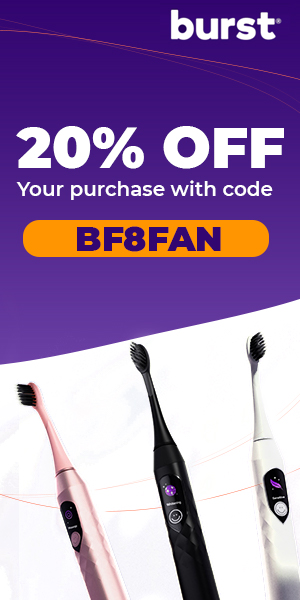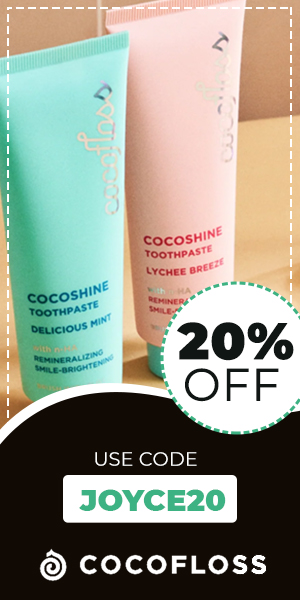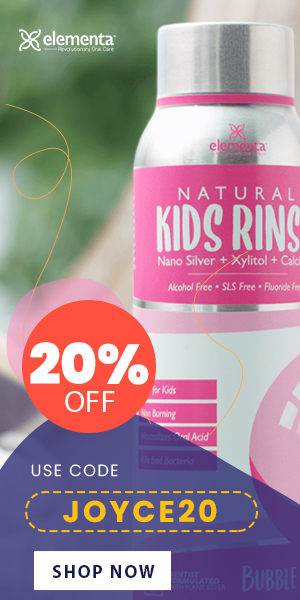A bright, white smile can boost your confidence and make you feel great. But when your teeth start to take on a yellow hue, it can be frustrating and even embarrassing. Understanding why your teeth are yellow is the first step towards finding the right solutions. There are several factors that can contribute to yellowing, some within your control and others not.

Below is helpful information about the common causes of yellow teeth and what you can do to regain your brilliant smile.
Common Causes of Yellow Teeth
The most obvious culprits for yellowing teeth are the things we put in our mouths every day. Let’s break down the usual suspects:
- Foods and Drinks: Coffee, tea, red wine, and dark berries are some of the biggest offenders when it comes to staining. These contain intensely pigmented substances that cling to the surface of your teeth, dulling their shine over time. Additionally, acidic foods and drinks (like sodas, citrus fruits, and sports drinks) can erode your tooth enamel. This thinning makes the naturally yellow dentin layer beneath more visible and also makes your teeth more prone to absorbing stains.
- Tobacco Use: Whether you smoke or chew tobacco, your teeth bear the brunt of the damage. Tar and nicotine create stubborn brown or yellow surface stains that are difficult to remove.
- Poor Dental Hygiene: When you don’t brush and floss regularly, plaque begins to build up. Plaque is a sticky film of bacteria that clings to teeth and turns into hardened tartar over time, which appears yellow. Neglecting your brushing and flossing is a fast track to a less-than-pearly smile.
- Age: Unfortunately, time isn’t always kind to our teeth. As you get older, the outer enamel layer naturally wears away. This reveals the dentin underneath, which has a more yellowish tone.
Less Obvious Reasons for Teeth Discoloration
While diet and lifestyle habits play a big role, there are other factors at play that might make you more susceptible to yellowing teeth:
- Medical Conditions and Medications: Certain diseases can affect tooth enamel development, leading to discoloration. Examples include liver disease, celiac disease, and metabolic issues. Similarly, some medications (antibiotics like tetracycline and doxycycline, certain antihistamines, and high blood pressure medications) are known to cause tooth discoloration as a side effect. Chemotherapy and radiation treatments to the head and neck can also affect tooth color. If you’re concerned about tooth discoloration due to medication or an existing medical condition, discuss potential options for minimizing discoloration with your doctor.
- Genetics: Some of us are simply luckier than others. Just like some people naturally have thicker hair or clearer skin, enamel thickness and brightness can vary due to genetic factors. If your parents or grandparents had thinner enamel or yellower teeth, you may be predisposed to those traits yourself.
- Excess Fluoride: Fluoride is a great ally for healthy teeth, but too much isn’t always a good thing. Excessive fluoride intake, especially during childhood when teeth are still developing, can cause fluorosis. This condition can manifest as subtle white streaks or in more severe cases, brownish spots on the teeth. While fluoridated drinking water is beneficial, overuse of fluoride supplements or rinses needs to be carefully controlled.
- Trauma: If you’ve experienced a blow to the mouth, it can damage the tooth’s internal structures. This might disrupt healthy enamel formation during development (for kids) or cause the tooth to darken internally, even if it didn’t crack on the outside. Baby teeth that experience trauma can impact the color of the permanent teeth that develop beneath them as well.
Addressing Yellow Teeth
Now that we’ve explored the reasons behind yellowing, let’s discuss solutions.

Your first line of defense is a visit to your dentist. They can offer professional teeth whitening, which utilizes stronger whitening agents than what you’d find over-the-counter. Dentists provide both in-office treatments for fast results and custom take-home kits for gradual whitening. If you prefer store-bought options, whitening toothpastes, strips, and rinses can help remove surface stains. However, they may not always significantly alter deeper discoloration.
Beyond whitening treatments, making adjustments to your daily routine can minimize further staining and keep your smile bright. This includes cutting back on coffee, tea, and other staining culprits, or rinsing with water afterward. Quitting tobacco use is vital to prevent worsening discoloration and protect your overall health. Most importantly, maintain excellent dental hygiene. Brushing twice daily for two minutes and flossing at least once a day are your best weapons against yellowing caused by plaque and tartar.
If the yellowing seems unusually severe or you have concerns about sensitivity, it’s wise to consult your dentist before trying any whitening products. They can help determine if the discoloration is due to an underlying cause that might need treatment first. In some cases, options like dental veneers or bonding could be the best way to mask stubborn yellowing and give you the bright, confident smile you deserve.
If you notice symptoms that accompany your yellow teeth like lingering sensitivity, pain, spots that won’t go away, or noticeable chips or cracks, it’s time to schedule a dental checkup. These might be signs of a more serious issue that needs addressing to protect the health and appearance of your smile.
A Whiter Smile
Yellowing teeth can happen for a variety of reasons, some easily addressed and others requiring a little more help. The good news is, solutions exist.

Understanding the causes behind your yellowing teeth is the first step to achieving your desired smile. By committing to a few healthy habits, working with your dentist, and potentially exploring whitening options, you can reclaim a smile that makes you feel confident and radiant.
Remember, routine dental visits are key. Your dentist is your best resource for catching potential problems early and helping you maintain a healthy and vibrant smile for years to come.





















